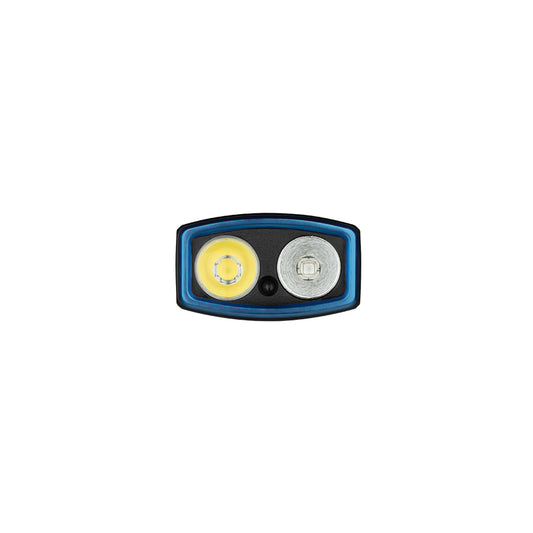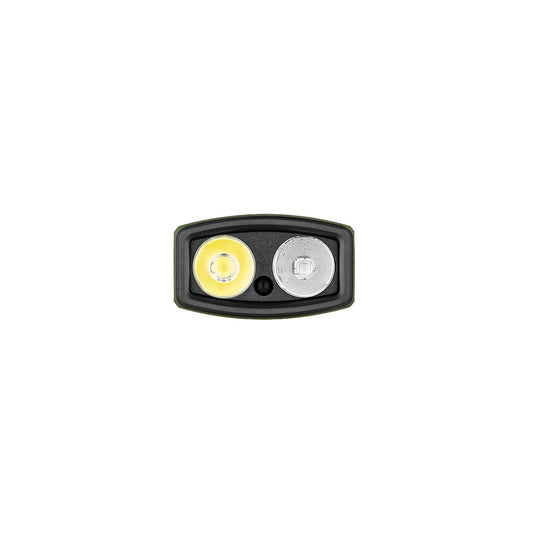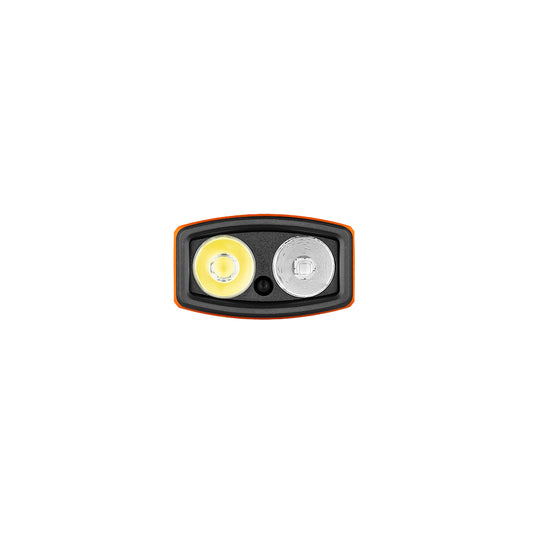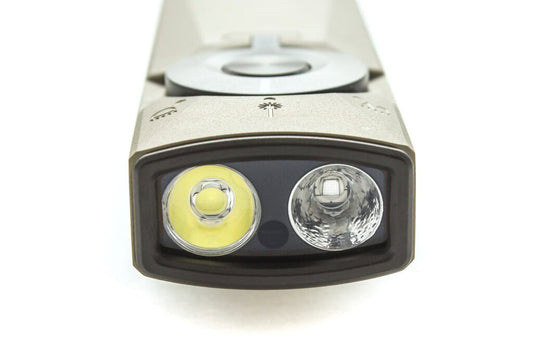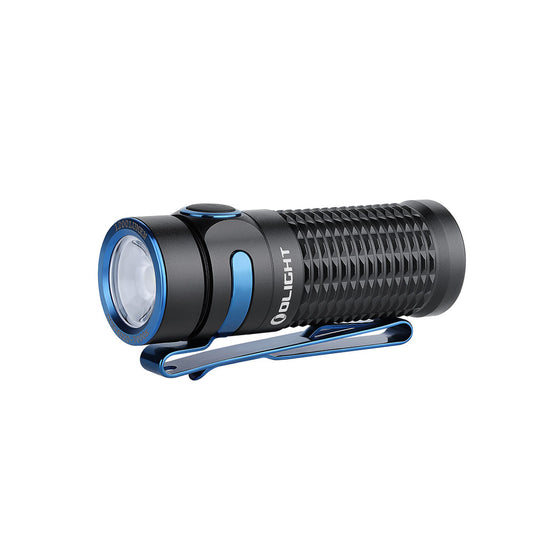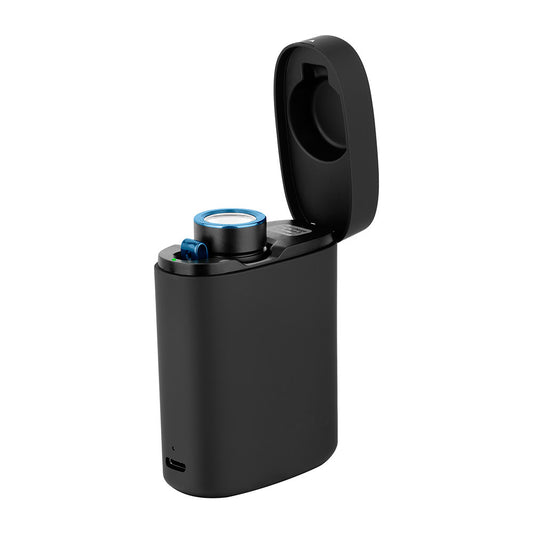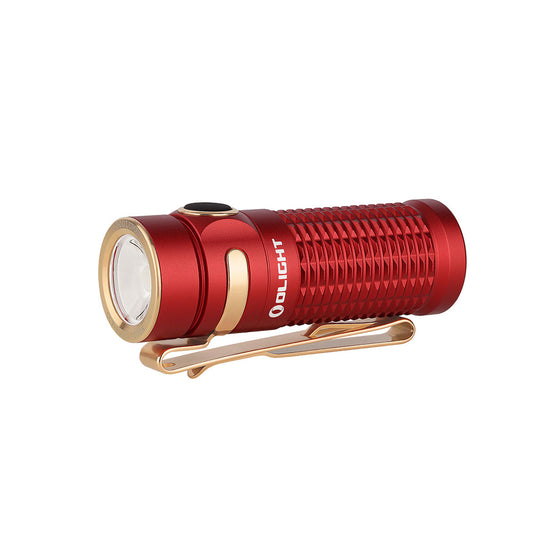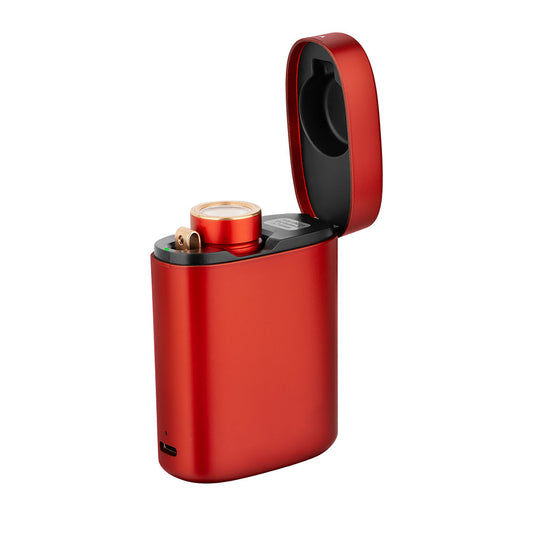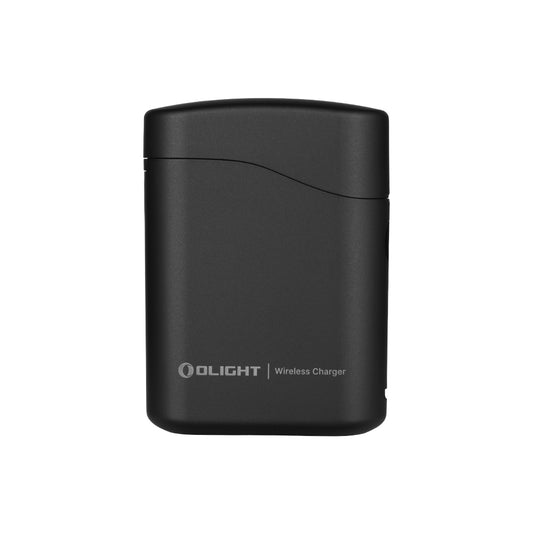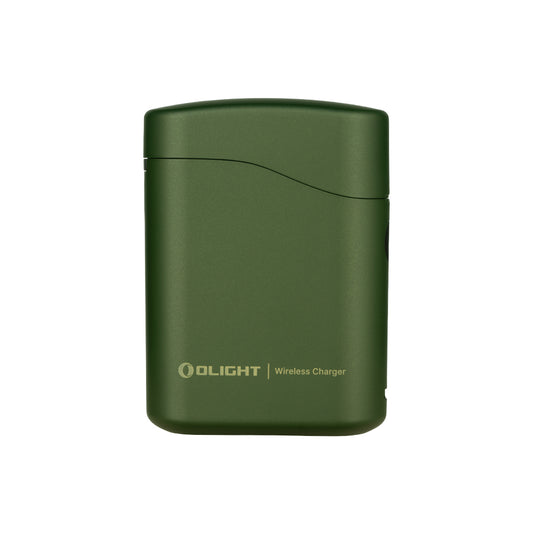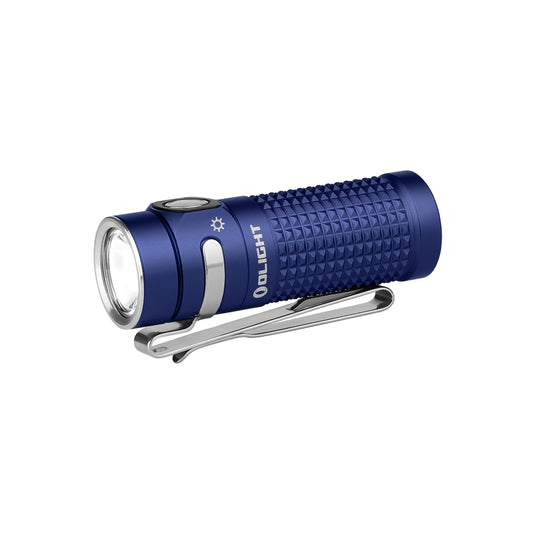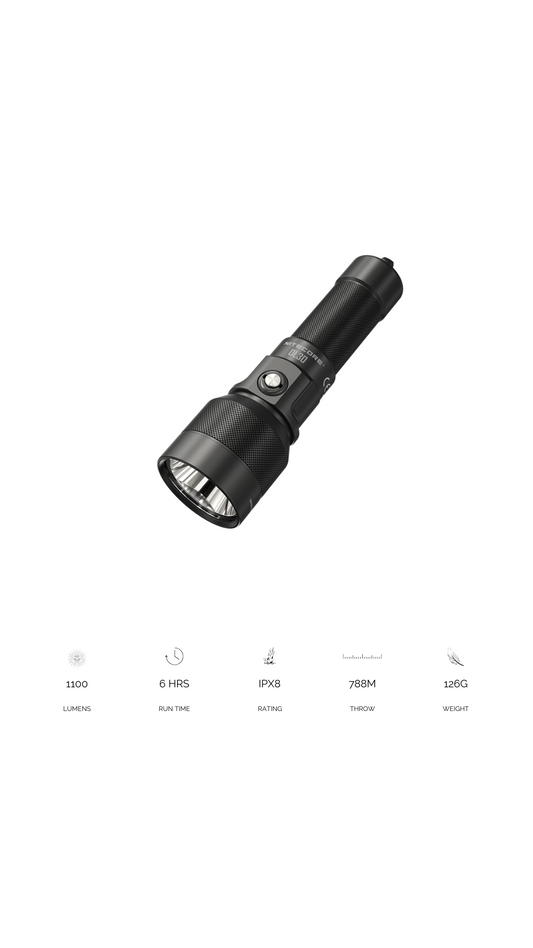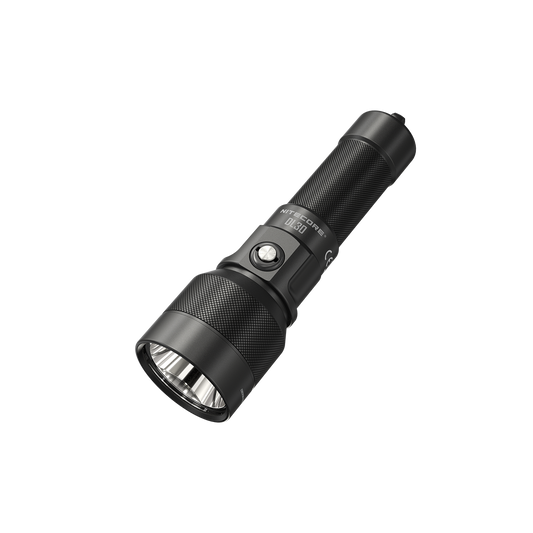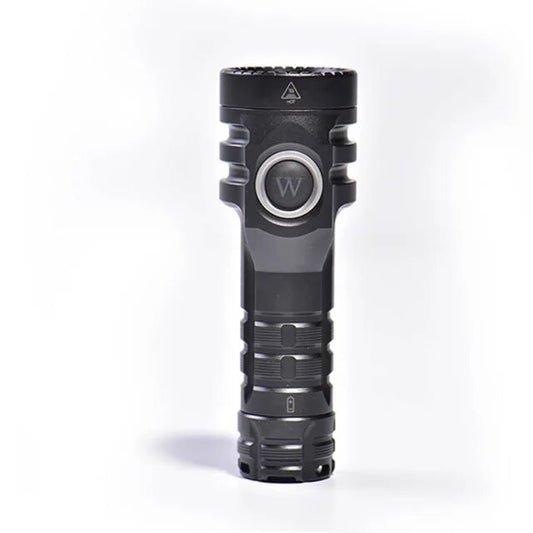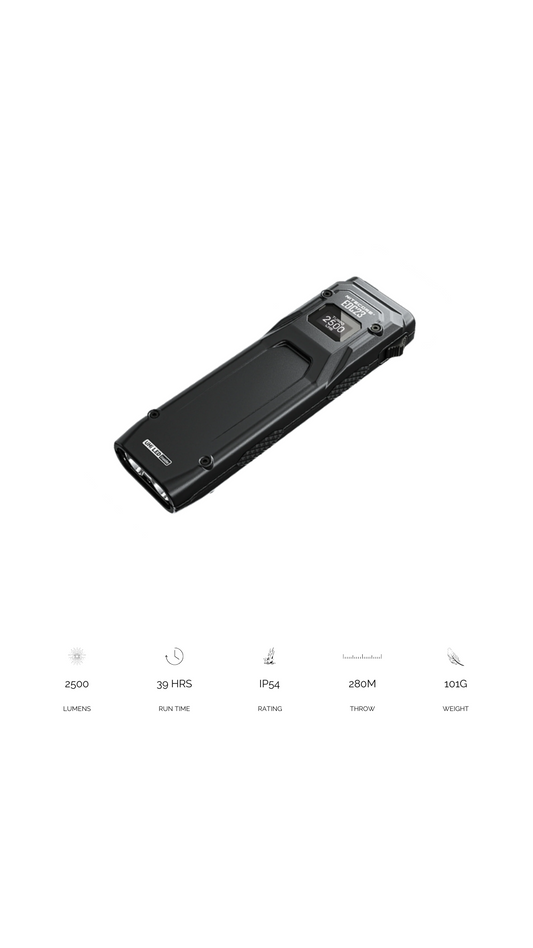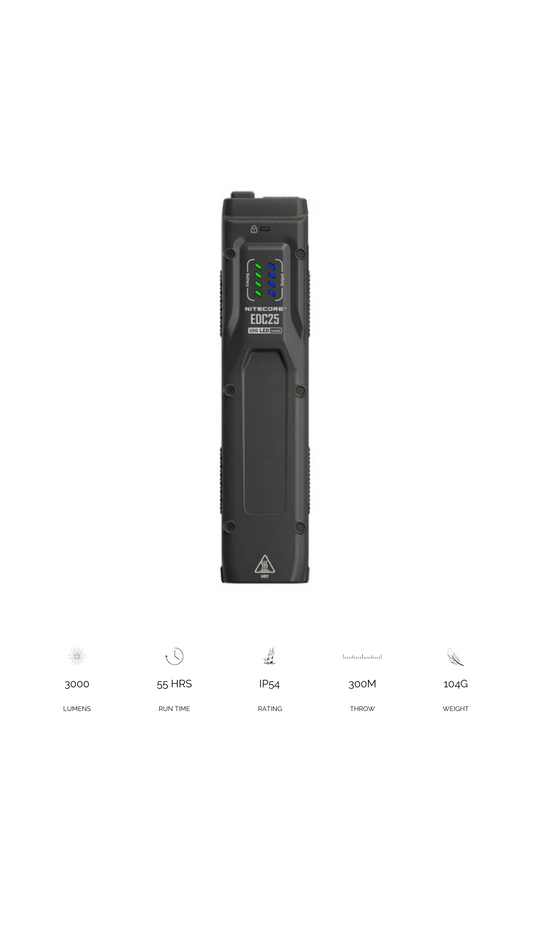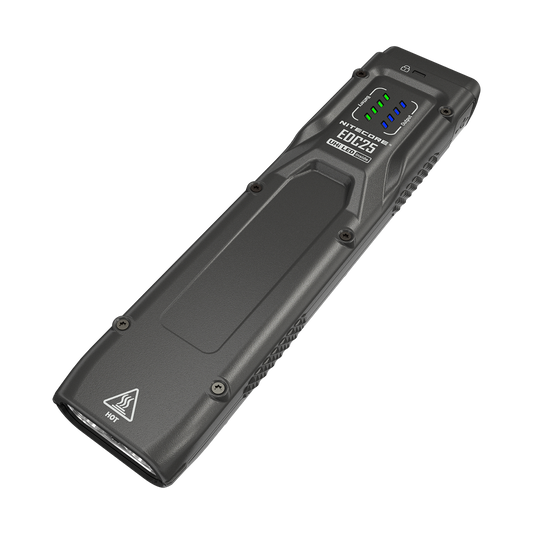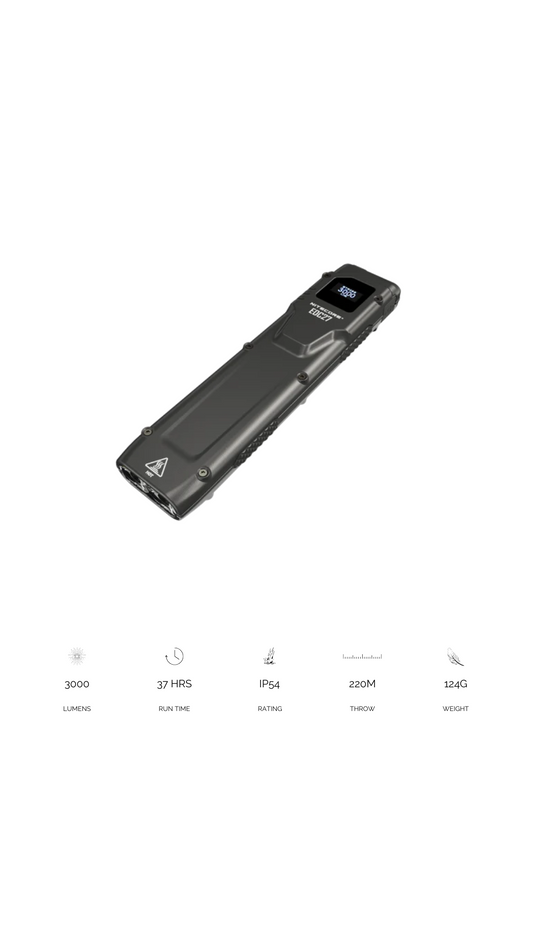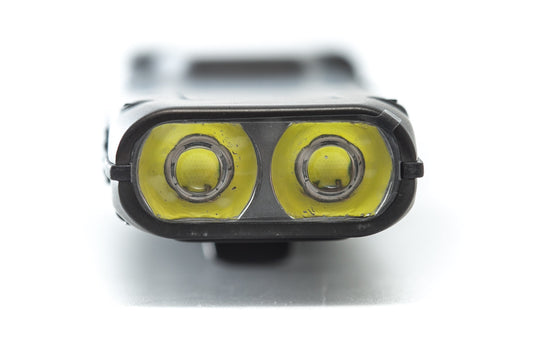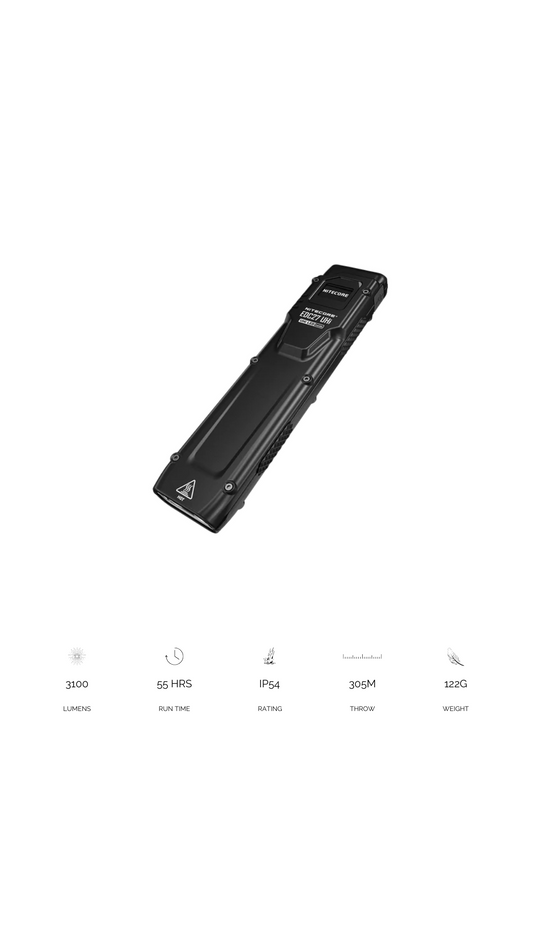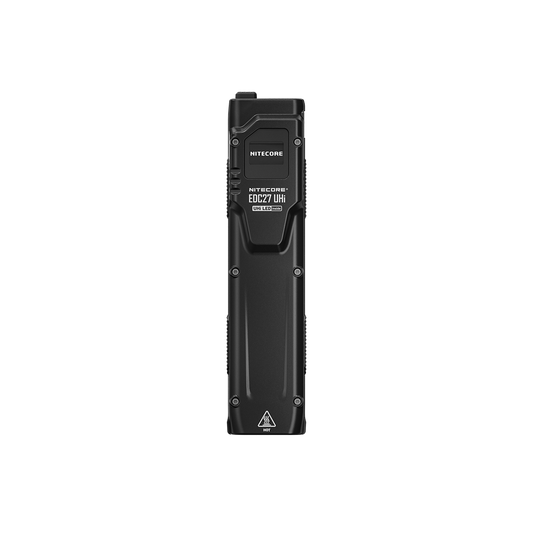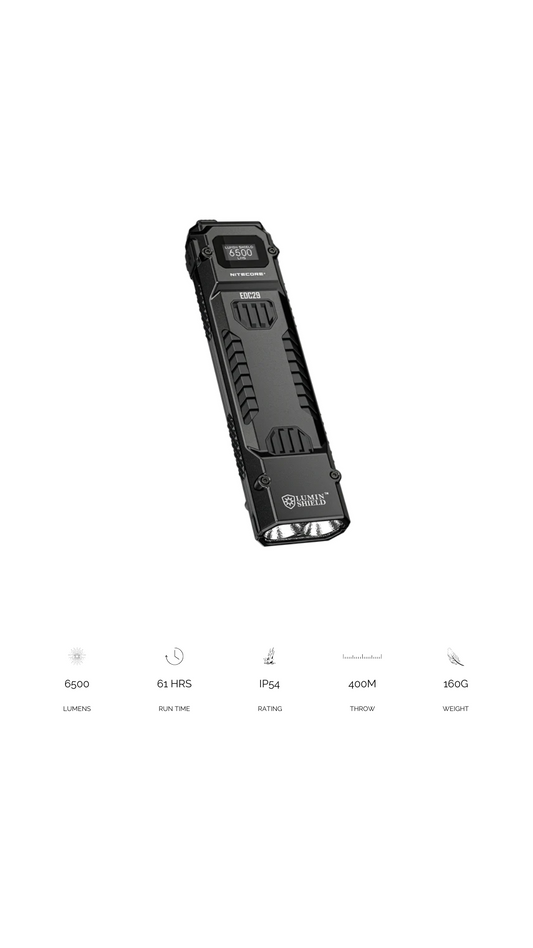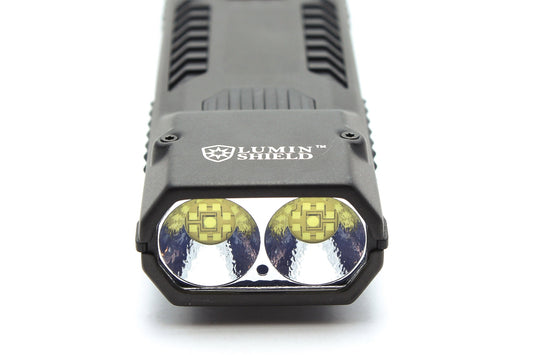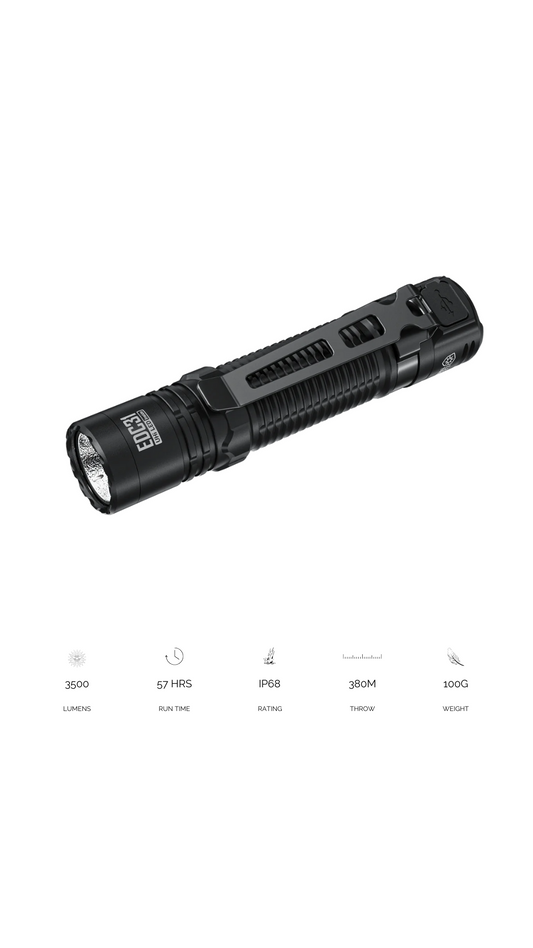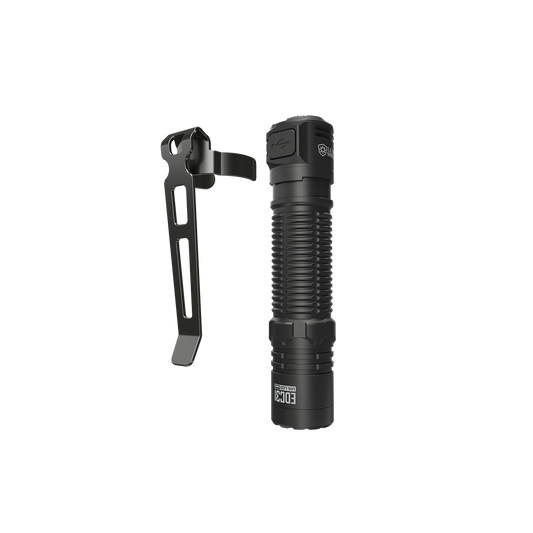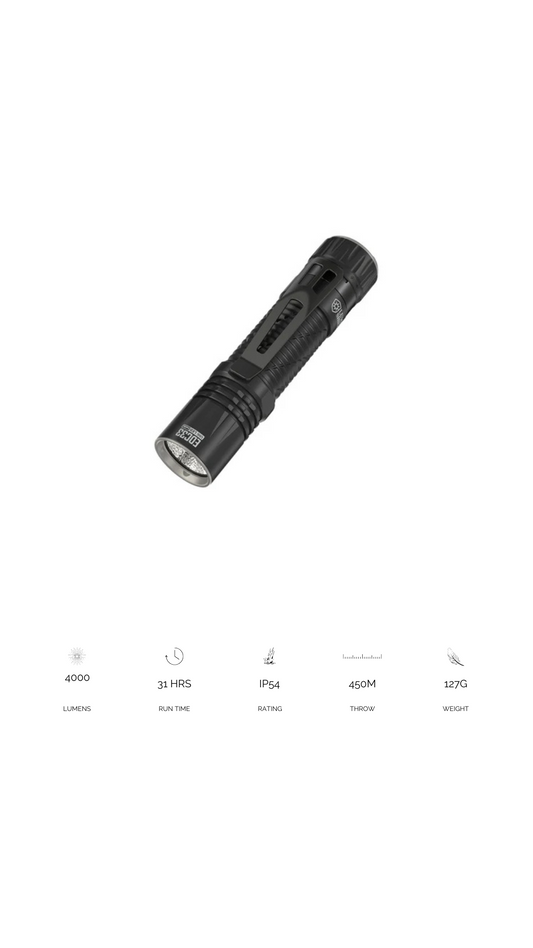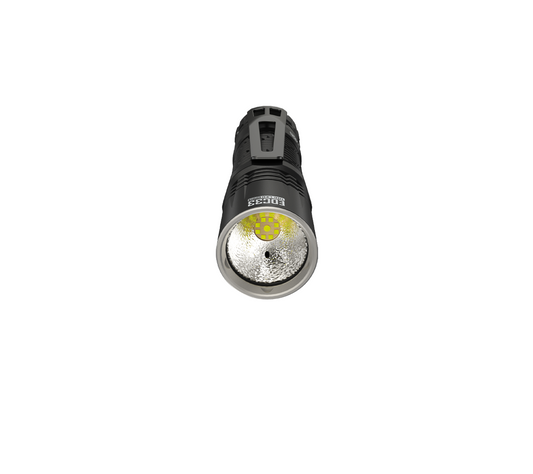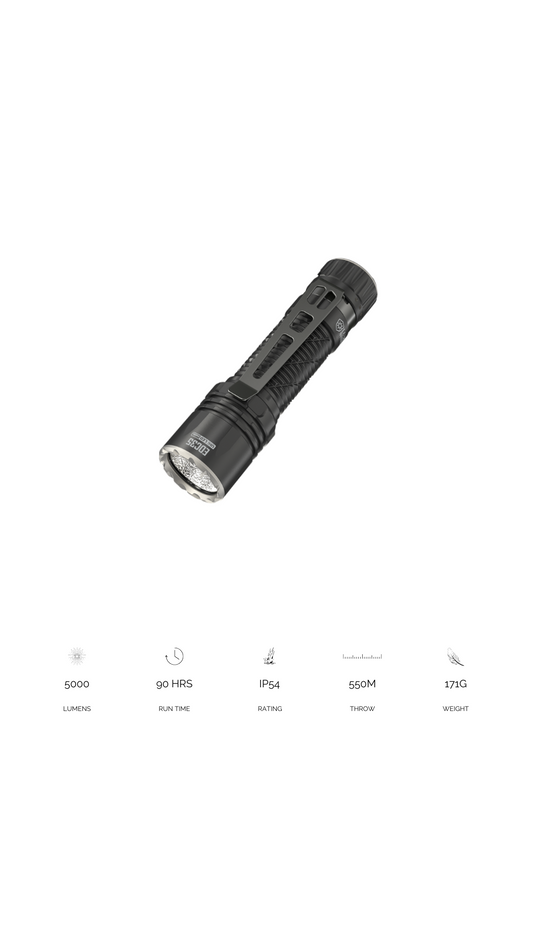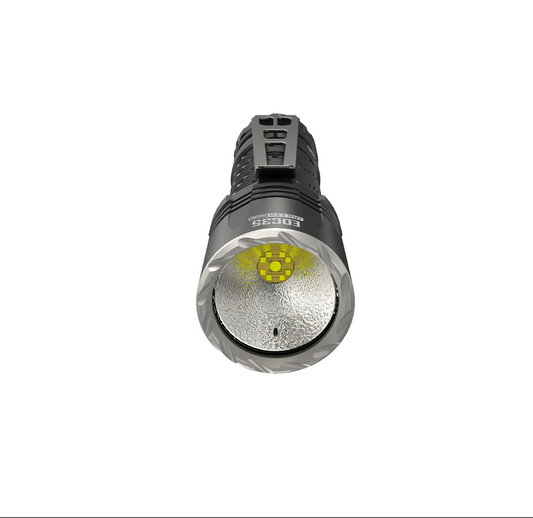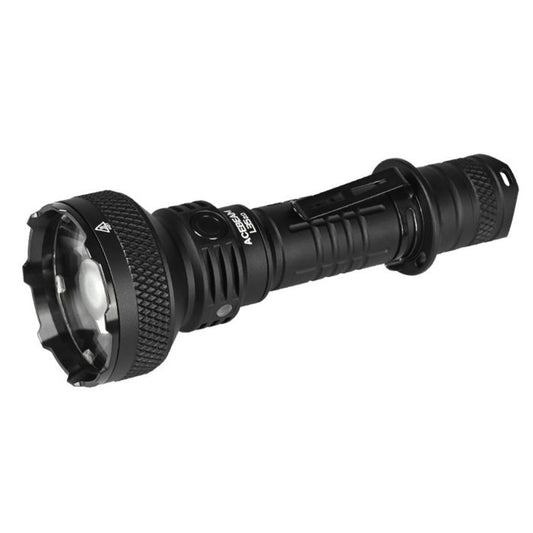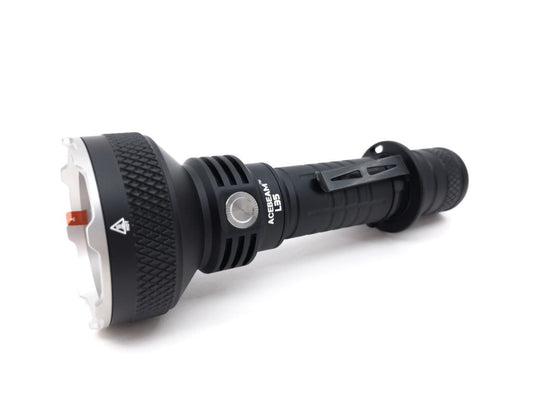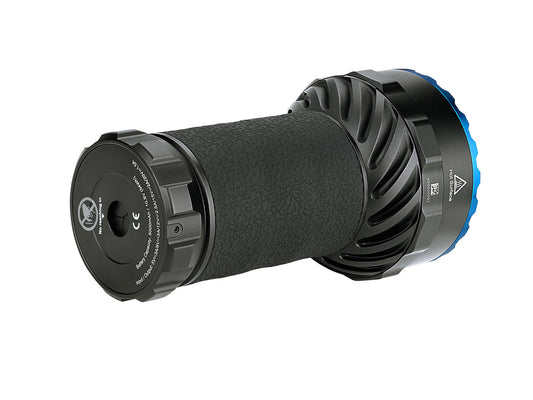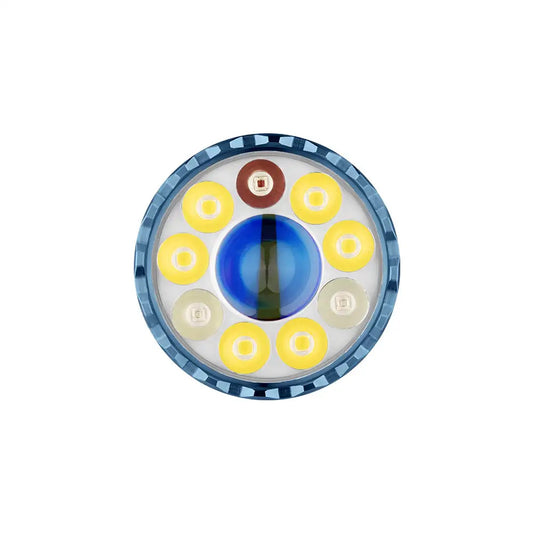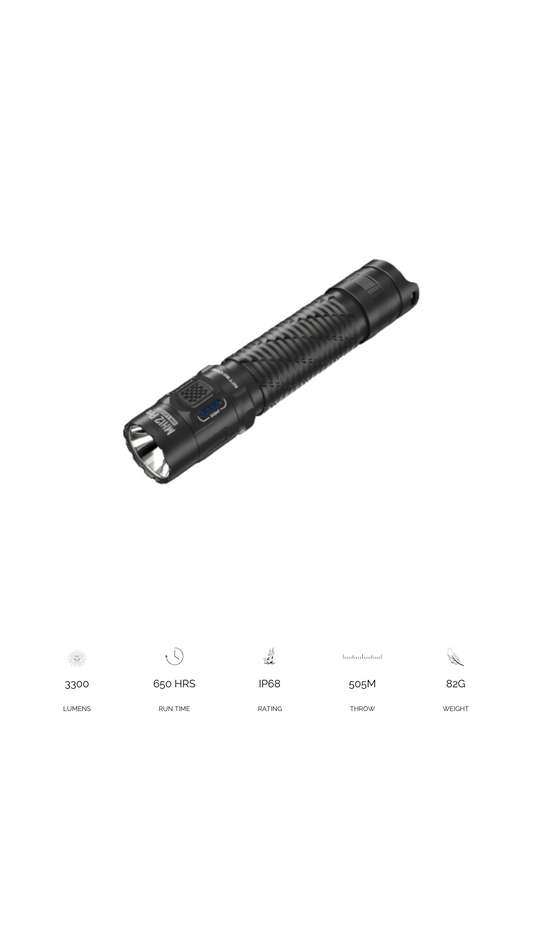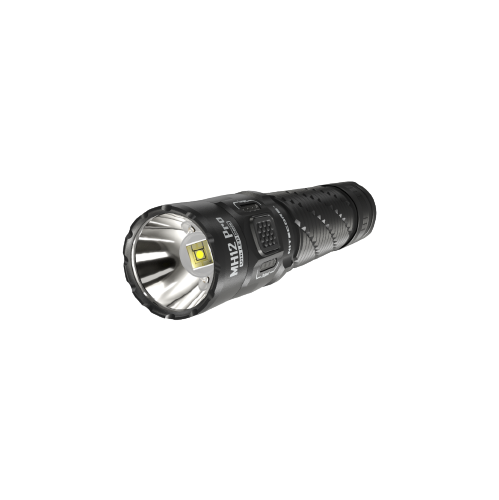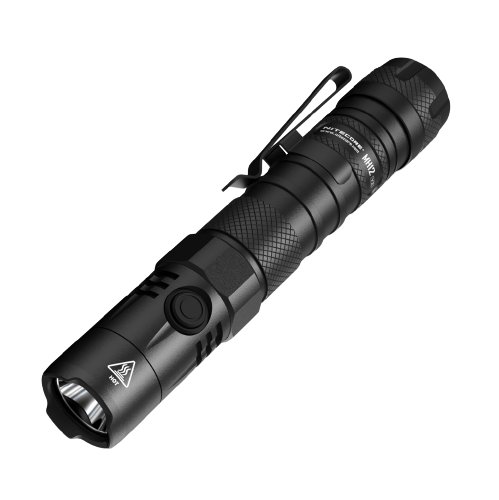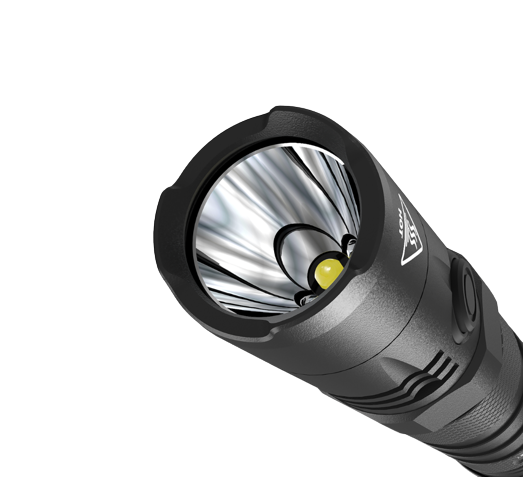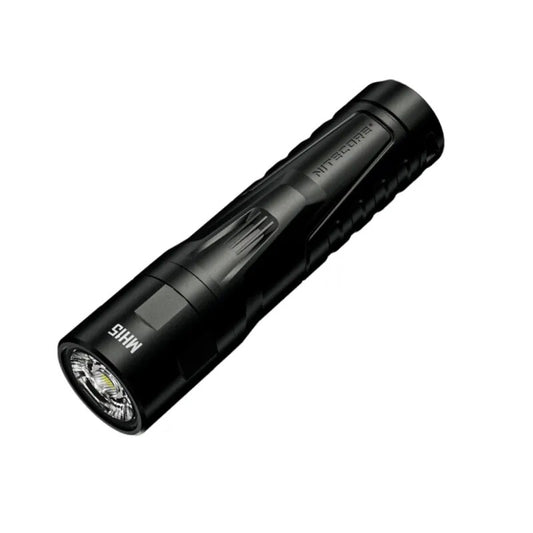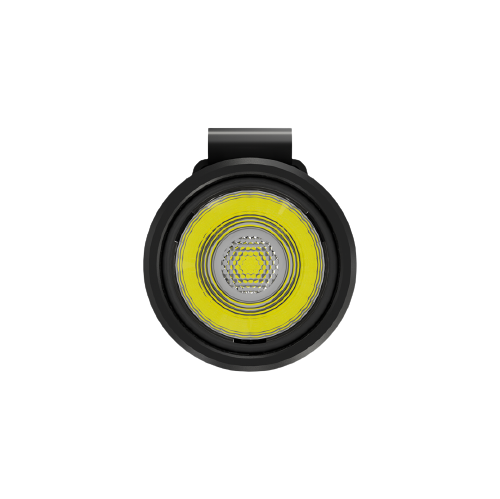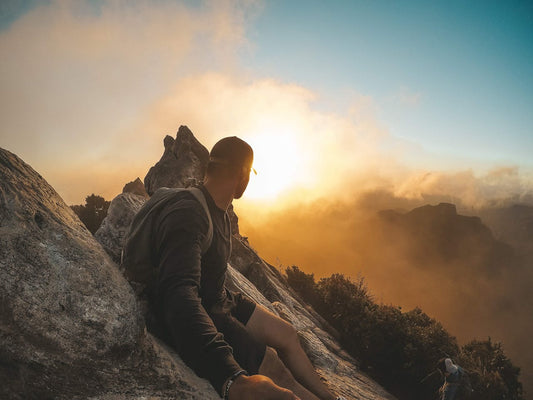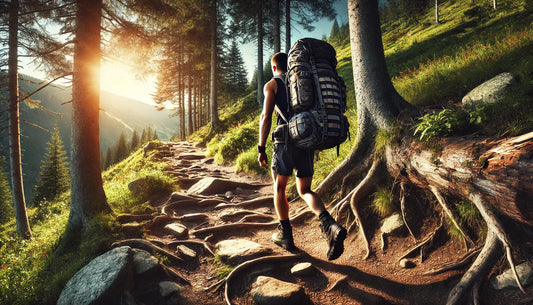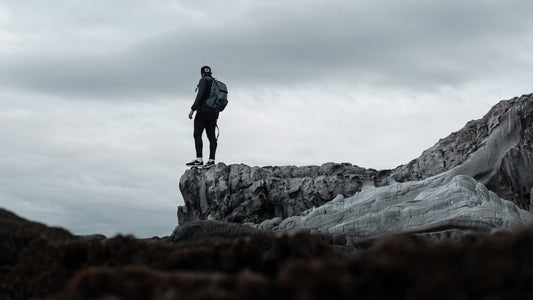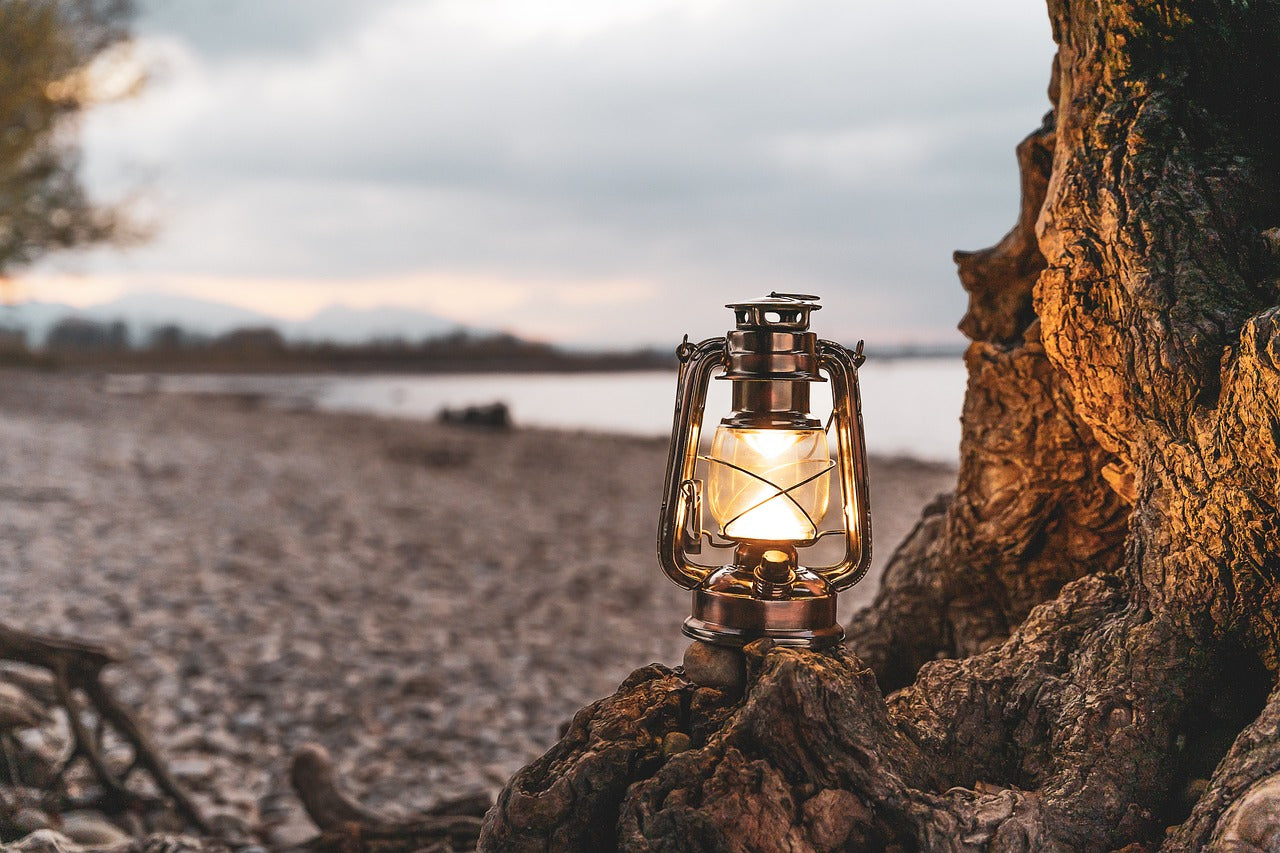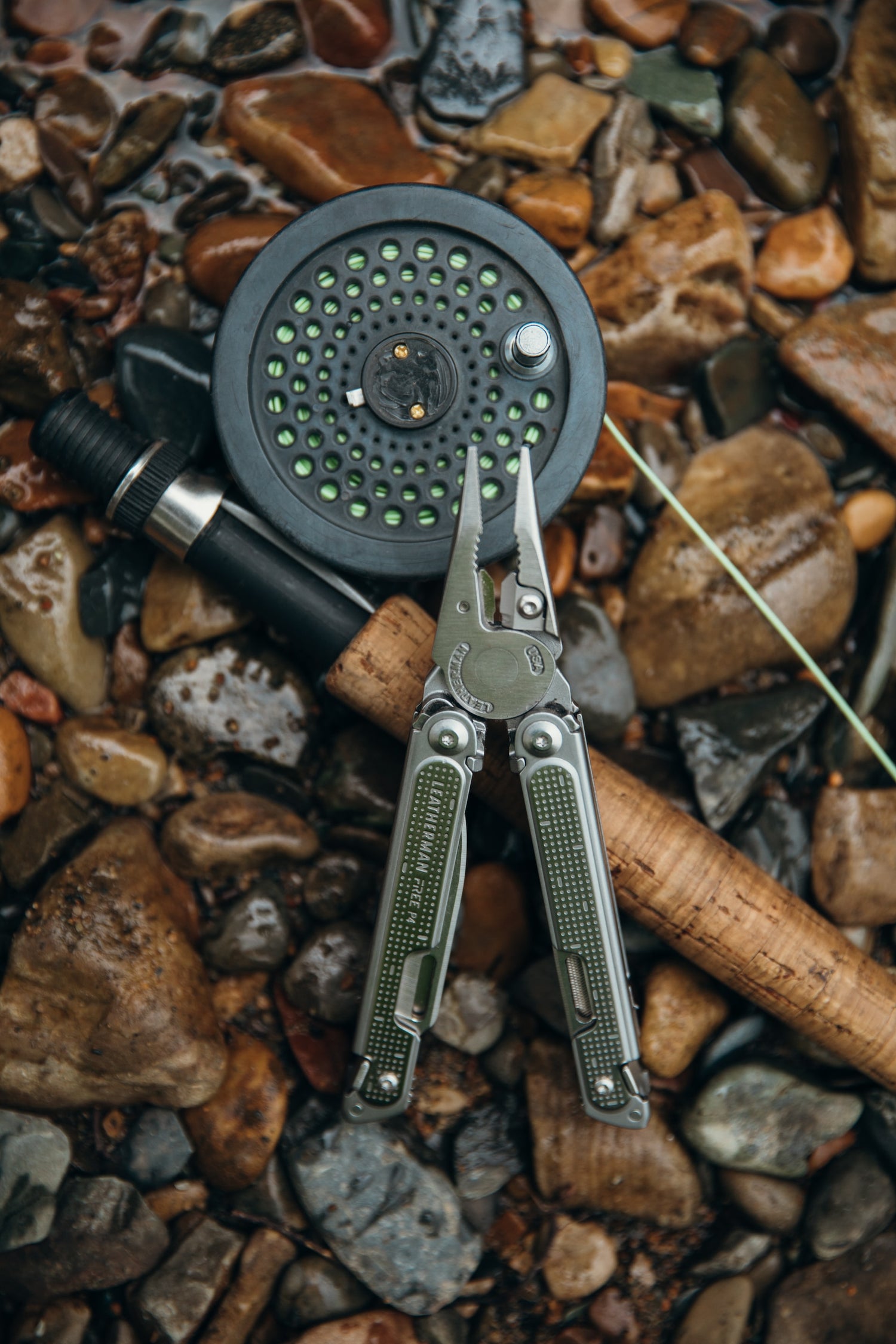
10 Solo Camping Essentials for the Monsoon Season
For some of us, the call of the wild beckons strongest when we're alone. Camping offers a fantastic escape from the daily grind, and venturing out by yourself can be an incredibly rewarding experience. It allows you to connect with nature, embrace the tranquility of the wilderness, forge a deeper connection with yourself, recharge, and just breathe.
Sure, venturing into a constantly wet environment, monsoon season or otherwise, can dampen the mood (pun intended!). But with a little extra preparation and the right gear, a solo camping adventure can still be a blast.
In fact, monsoon season camping offers a unique challenge for solo adventurers. It pushes you outside your comfort zone and fosters even more self-reliance. Here's how to make the most of a solo camping trip, even when the skies darken.
Being prepared for the challenges of wet weather is crucial. Here's a breakdown of 10 essential items to keep you safe and comfortable during your downpour expedition, with further details on why each is so important:
1. Four-Season Tent: Your Fortress Against the Elements:
- Why It's Effective: A four-season tent is specifically designed to withstand harsh weather conditions. Look for one with a waterproof rating of at least 3,000mm. This rating indicates the hydrostatic head, a measurement of the water pressure the fabric can withstand before leaking. Imagine a column of water 3,000 millimeters (almost 10 feet) tall pressing down on the tent – that's the level of water resistance you're getting!
- Key Features:
- Strong, Wind-Resistant Poles: These poles are typically made from high-quality aluminum or DAC (Dynamic Aluminum Composite) and are thicker than their three-season counterparts. This ensures the tent structure remains stable even in strong monsoon winds.
- Double Wall Design: This creates a gap between the rain fly and the inner tent. This air gap allows condensation to evaporate and prevents it from building up inside the tent, which can make you feel cold and damp. Look for tents with good ventilation features as well.
- Large Vestibule: This covered area provides crucial dry storage space for your backpack, boots, and other gear. This keeps your wet items outside the main tent, preventing them from soaking your sleeping bag and clothes.
2. Waterproof Rainfly: Double Down on Protection:
- Why It's Effective: Even the best tents can develop minor leaks at their seams during heavy, sustained rain. A rainfly acts as the first line of defense, shedding water away from the tent's body. The rainfly material should also have a waterproof rating similar to the tent itself (around 3,000mm).
- Extra Step for Peace of Mind: Purchase a seam sealer specifically designed for tents and apply it to the seams of your tent before your trip. This adds an extra layer of waterproofing and ensures maximum protection against leaks, especially at critical points like stitching and corners.
3. Durable Footprint: Protect Your Home Away From Home:
- Why It's Effective: A footprint, a tarp specifically designed for under your tent, serves multiple purposes. It protects the bottom of your tent from punctures, tears, and abrasions caused by rocks or uneven ground. Additionally, it creates a barrier against moisture. Many footprints are made from waterproof material that helps prevent water from soaking through the tent floor and keeps you dry inside. This is especially important during the monsoon season, when the ground is often saturated.

4. Quick-Dry Clothing: Stay Warm and Comfortable:
- Why It's Effective: Cotton clothing is a no-go for monsoon camping. When wet, cotton loses its insulating properties, making you feel cold and miserable. Pack layers of quick-drying, synthetic fabrics like polyester or nylon. These materials wick away moisture from your skin through a capillary action, drawing it to the outer surface of the fabric where it can evaporate. This keeps you warm and comfortable even in wet conditions.
- Here are some essential clothing items to consider:
- Base layer (moisture-wicking thermals): These form the first layer against your skin and are crucial for wicking away sweat.
- Mid-layer (fleece or puffy jacket): This provides warmth and insulation. Choose the thickness depending on the expected temperature range.
- Rain jacket and pants: A good quality rain jacket with a waterproof rating of at least 5,000mm and breathability features is essential. Look for waterproof pants as well, especially if you plan on spending a lot of time outside the tent.
- Extra socks and a Cap: Wet feet and heads can quickly make you feel cold. Pack extra pairs of quick-drying socks and a warm cap to keep yourself comfortable. A cap also helps keep the rain out of your face if you want to venture outside your tent, and it allows you to clip on a headlamp so you are hands-free.
- Slippers: These are for when you need to get around without having to put on socks and shoes when you want to pop out of your tent and get back in quickly.
5. Navigation Tools: Find Your Way No Matter the Downpour:
- Why they're Effective: Monsoon weather can bring unpredictable visibility with heavy rain and low clouds. Reliable navigation is crucial for solo campers, especially when venturing off established trails. Here's your essential trio:
- Map: A detailed topographical map of your camping area, preferably printed on waterproof or tear-resistant paper, allows you to plan your route, identify landmarks for reference, and find alternative routes if necessary. Mark your intended campsite and any potential hazards on the map beforehand.
- Compass: Master basic compass navigation before your trip. This skill comes in handy if your electronic devices fail or if you need to determine your direction in low visibility conditions. Learn how to use a compass with a map to orient yourself and follow your planned route.
- GPS Device: A GPS device with extra batteries provides real-time location tracking and helps you stay on course, especially in unfamiliar territory. Download offline maps of your camping area onto the device beforehand in case you lose cell service. Some advanced GPS devices can also offer SOS functionalities.

6. Headlamp and Backup Light Source: See Clearly in the Dark:
- Why It's Effective: Headlamps are essential for setting up camp after dark, navigating at night, and performing any tasks that require both hands. Choose a headlamp with a bright white light setting for illuminating your surroundings and a red light setting for nighttime use that preserves night vision.
- The Importance of a Backup: Electronic devices can fail, especially in wet conditions. Pack a backup flashlight with extra batteries to ensure you always have a reliable light source. Consider a headlamp and flashlight combo for ultimate redundancy.
- Lanterns: These come in various sizes and are great at lighting up your campsite.
7. First-Aid Kit: Be Prepared for Minor Emergencies:
- Why It's Effective: Minor injuries like blisters, cuts, and insect bites are common occurrences when camping. Pack a comprehensive first-aid kit that includes:
- Bandages in various sizes (adhesive and elastic)
- Antiseptic wipes and wound disinfectant
- Tweezers for removing splinters or ticks
- Pain relievers (over-the-counter medications)
- Medications for any allergies you may have
8. Emergency Shelter: A Last Resort for Safety:
- Why It's Effective: While unforeseen circumstances are rare, it's always better to be safe than sorry. Consider packing a lightweight emergency shelter, such as a bivy sack. This waterproof, one-person sack provides basic protection from wind, rain, and insects in case your tent becomes compromised due to severe weather or accidental damage. Bivy sacks are typically lightweight and pack down small, making them a worthwhile addition to your pack.
9. Waterproofing Gear: Keep Your Essentials Dry:
- Why It's Effective: Monsoon downpours can soak your gear in seconds. Invest in dry bags of various sizes to keep essential items like electronics, a change of clothes, a fire starter kit, and your first-aid kit completely dry. Dry bags come in different sizes and closure mechanisms. Choose ones with a waterproof rating suitable for the expected amount of rain.
- Bonus Tip: Pack a large garbage bag. In a pinch, you can use it as a makeshift poncho for unexpected heavy rain. While not ideal for extended use, it can provide temporary protection from downpours until you can reach shelter.
10. Communication Device: A Lifeline in Remote Areas:
- Why It's Effective: Cell service can be unreliable in remote camping locations. A satellite communicator allows you to send SOS messages or basic text messages for help in case of emergencies. Some models even offer two-way communication capabilities, allowing you to relay information about your situation and receive instructions from emergency services.
Remember: Monsoon camping requires extra planning and caution. By packing the right gear, dressing appropriately, and being prepared for the elements, you can ensure your solo adventure is a safe and unforgettable experience. Never pitch your tent under trees and near bodies of water that can potentially flood.


